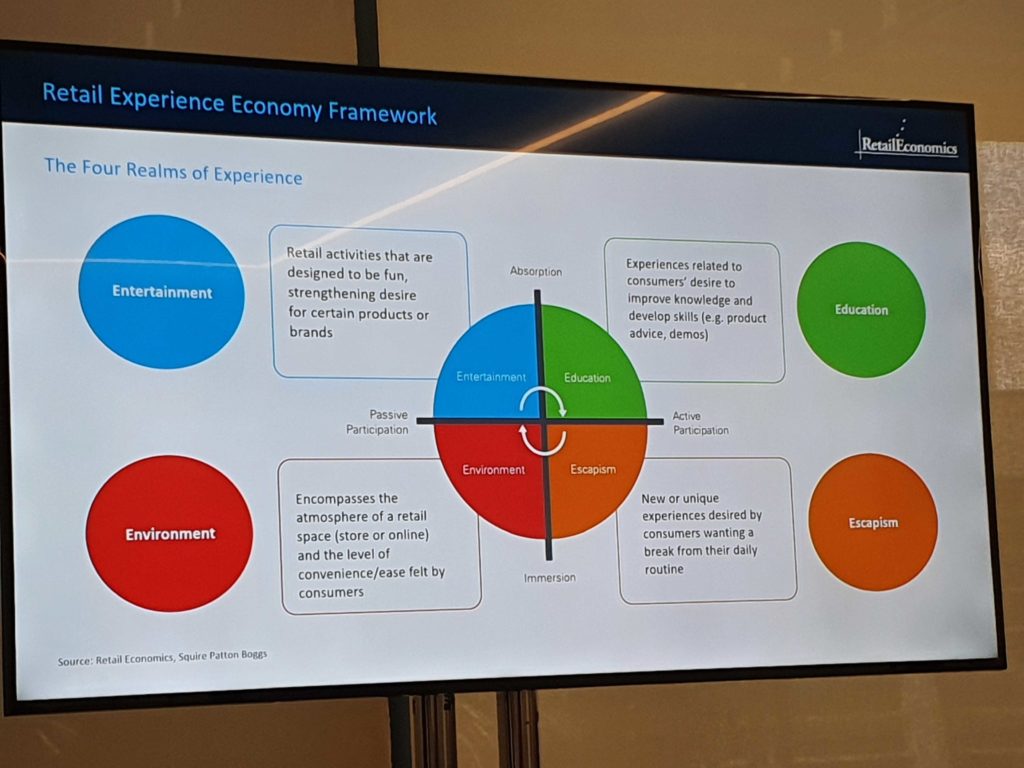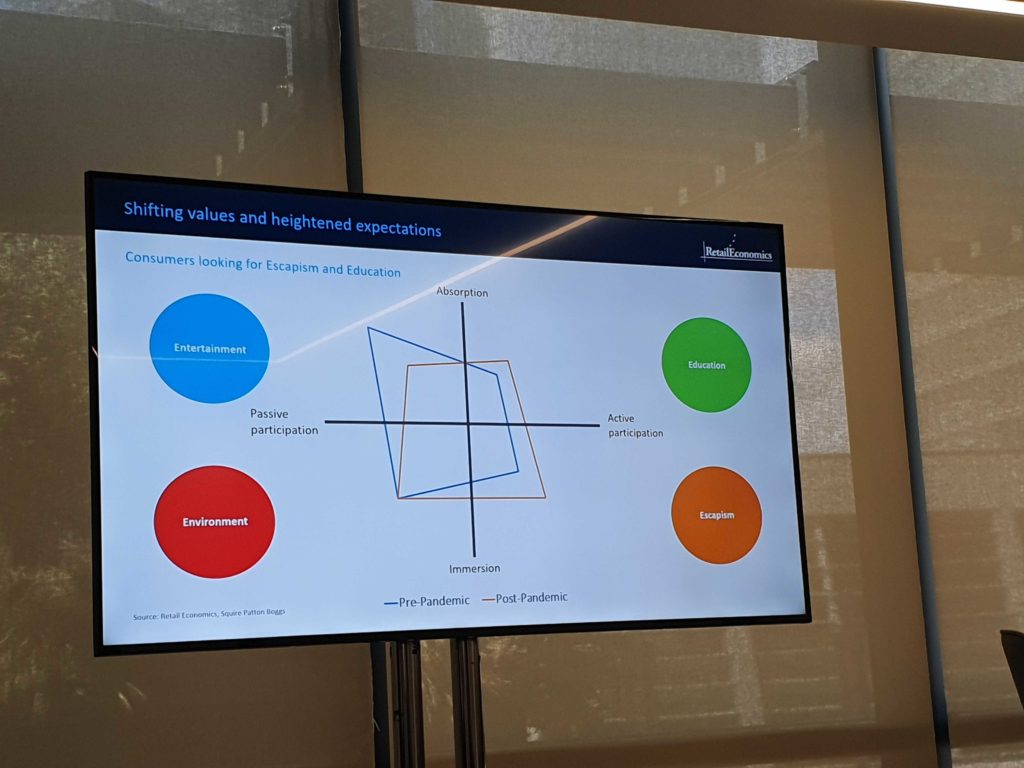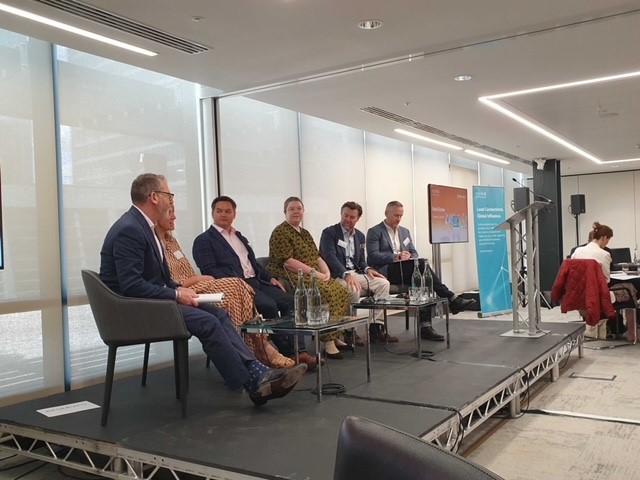The legendary Harry Houdini built a career on demonstrating his unique ability to get out of seemingly impossible situations. Like many escape artists, he employed both technical ability (skills like lockpicking and contortion) with illusions (cleverly designed props) to create an air of mystery and suspense to surprise and delight audiences.
Whereas Houdini’s act required him to escape from impossible situations of his own making, we all now have to deal with a world of crisis and restraints not of our making. As we pass the half-year mark, inflation is at a 40-year high, interest rates are rising, supply chains remain chaotic, the government is in upheaval and war in Europe casts an ominous shadow over everything.
Apart from that, everything looks dandy…
With consumers emerging from the global pandemic into an acute cost-of-living crisis, it’s easy to conclude that to win custom, retailers need to lower prices. Data from the Institute of Customer Service confirms this with 6 in 10 consumers stating that low prices will become more influential in choosing where to shop. However, they also still want choice, value and engaging experiences.
Reprioritising values

Speaking at Squire Patton Boggs’ Retail Debate, economist Richard Lim laid out shifts we are seeing in consumer spend. Disposable income is declining across the board but less affluent households (up to £11k per year) are suffering disproportionately.
We can see this by the growing market share of the discount grocers like Lidl and Aldi and an increase in cheaper, long-lasting products like frozen goods, rice, canned meat and dried pasta. 90% of less affluent consumers are cutting back but the scale of the problem is revealed by the near 50% of most affluent consumers who are doing so. The cost-conscious consumer is not just sacrificing quality, convenience too is also taking a back seat as they shop around to find the most effective deals and start heading back in-store to avoid delivery fees. The one positive aspect is for the environment with a reduction in food waste as people make their food go further.
The great escape

Retail Economics’ ‘experience framework’ clarifies the four ‘e’s of customer experience: Entertainment, Environment, Education and Escapism. In 2018, consumers craved entertainment (activities designed to be fun with active participation) and retailers could add economic value by offering this.
Post-pandemic, there has been a nuanced shift towards escapism (new or unique ‘immersive’ experiences to give a break from daily routine) given the doom and gloom that surrounds us. Interestingly this hasn’t yet translated across to notable brands like Kingfisher, Ikea, Mothercare and the Royal Opera House, with senior representatives claiming ‘environment’ as the most important experience factor of the four.
For Mair Garland, Senior Government Affairs Manager at Kingfisher, environment means using stores as hubs for digital fulfilment. Mark Newton-Jones of IKEA flipped the notion on its head, highlighting how every decision is viewed through the lens of environment given its €6.5bn investment into sustainability initiatives – and this translates into the in-store experience whether it’s recycling mattresses or selling cabinets made from plastic bottles.
The fact that stores themselves are in many ways increasingly seen as a marketing expense rather than as a direct sales channel indicates physical retail’s key role in providing new or unique experiences to give the consumer a break from the daily routine. Nike, Samsung and Microsoft are highlighted as brands that excel in providing desirable immersive experiences.
I want to break free
However, retail escapism doesn’t just apply to the consumer. Chris Brook-Carter of the Retail Trust laid out some alarming home truths on the issues facing the retail workforce, with anxiety, stress and burnout causing absenteeism, high levels of churn and a feeling of helplessness amongst workers.
Nearly a third of those working at the Top 100 retailers want to leave not just their job but the sector entirely and 16–25-year-olds in retail are disproportionately unhappy compared to other sectors. It’s a huge challenge with no immediate fix but it’s evident that implementing clear training and development programmes for junior managers should be a priority – 80% report high increases in poor mental health among their teams but don’t feel they have the skills to deal with these issues. A values-led approach will also appeal to Gen Z who increasingly want to work for employers with a purpose beyond just selling products.
Breaking the mould
With high inflation and a need to cut costs, it’s clear there are going to be some changes. Anecdotally, it looks like there is going to be a sea change in free delivery and returns – it is not sustainable any more in both senses of the word. But tweaking the customer experience in places is only one part of the equation; a shift in mindset is needed.
We’re still seeing siloed retail execs claim “online is now bigger than my biggest store” which is the wrong way to think. A joined-up approach is required. One of the challenges tech solutions vendors face is that boards are somehow largely still not thinking digital-first. A quirk of this is that when they invest in say, a big-box retail outlet, they have something tangible to marvel at. A new CRM system could be vital to operations but won’t give them the same wow-factor for their investment.
Technology and fresh thinking will provide a lot of the answers retailers need to solve the challenges of providing retail escapism. One thing’s for sure, if retailers are going to surmount the challenges of the next six months and beyond, like the great Houdini they better have some neat tricks up their sleeve.
